The Glass Heart: Art, Industry & Collaboration – Two Temple Place, London
A free exhibition at Two Temple Place, The Glass Heart explores 170 years of glassmaking in the UK.
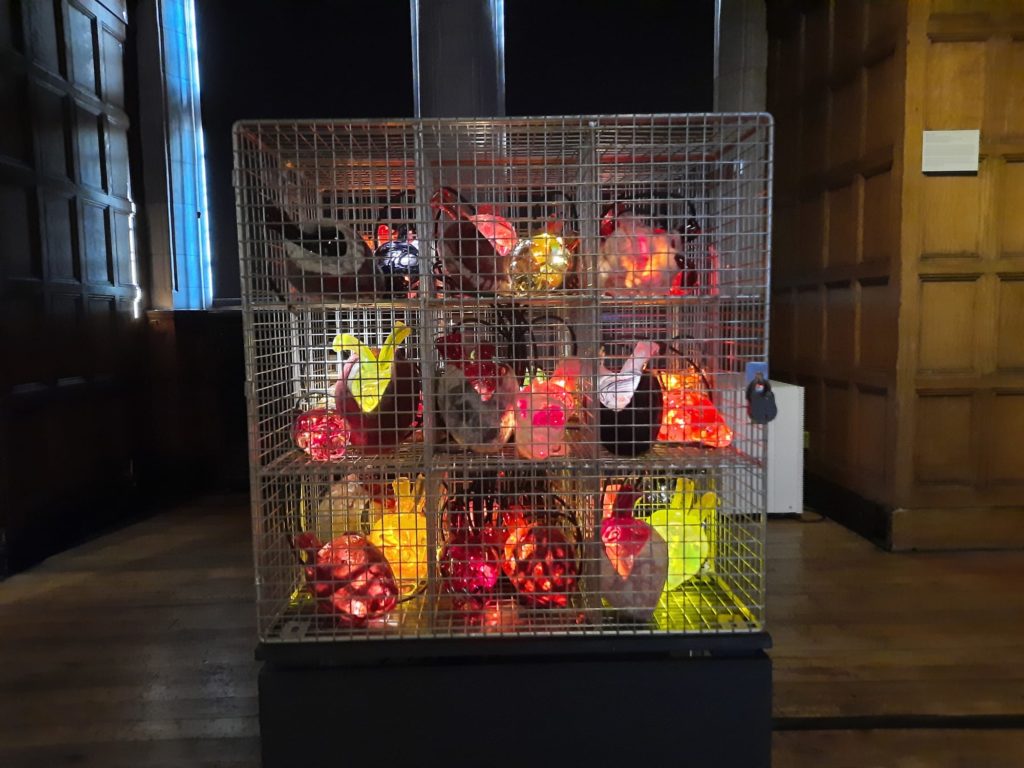


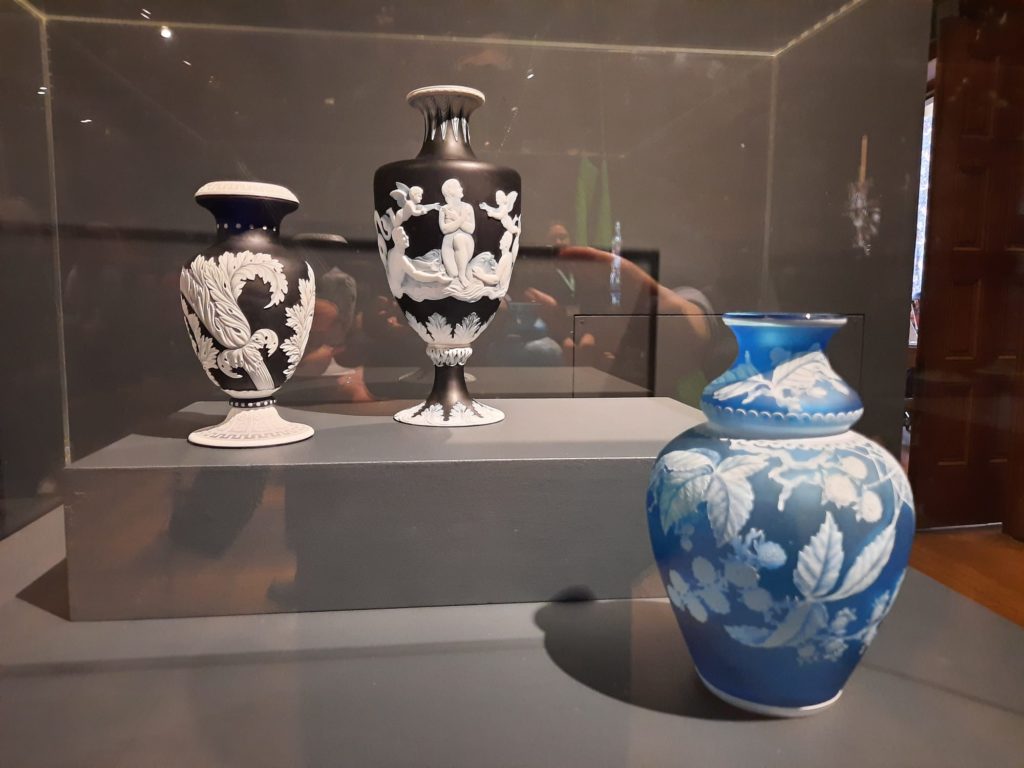
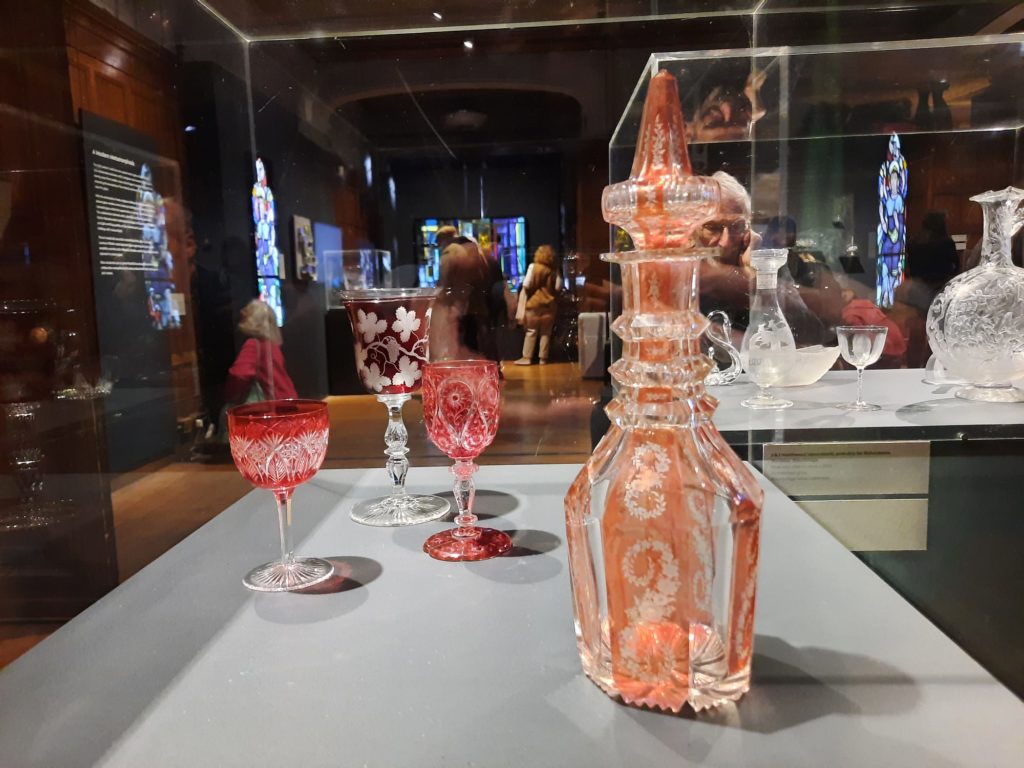
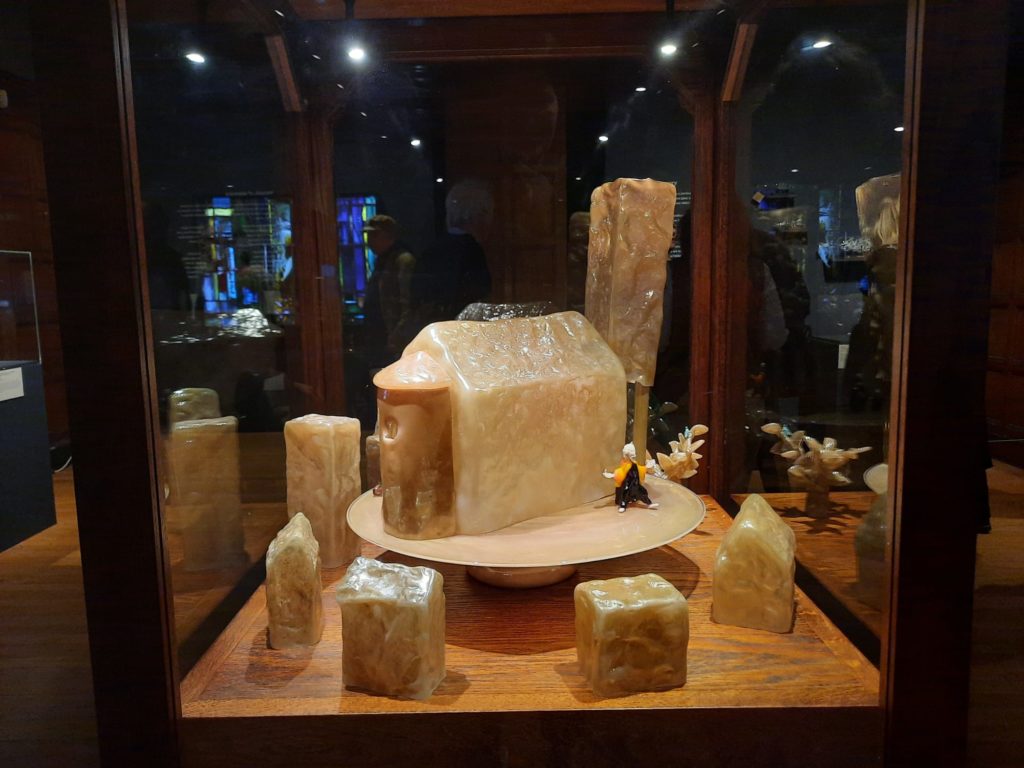
The Glass Heart
On a recent walk along the Victoria Embankment I stopped in a whim at Two Temple Place. Or not quite a whim: I decided it would be a lovely thing to show the friend I was walking with. I knew she would be impressed by its extravagant interior and decorative flourishes. And if I’m honest I was hoping for an interesting exhibition to peruse as we looked around. I was not disappointed.
In case you are new here, the very short version of Two Temple Place is that it is a luxury office built for William Waldorf Astor in the late 19th century. Being an Astor, he spared no expense. Today it’s in the hands of a charitable organisation (The Bulldog Trust) who use it mostly for exhibitions showcasing different UK collections. You can read more about it in an older post here.
So what was this latest exhibition I found on my impromptu visit? It was The Glass Heart: Art, Industry and Collaboration. An exhibition celebrating the UK’s glassmaking industry, developed in collaboration with the National Glass Centre in Sunderland, Stourbridge Glass Museum, and the Stained Glass Museum in Ely. Let’s take a closer look now at just what is being celebrated.
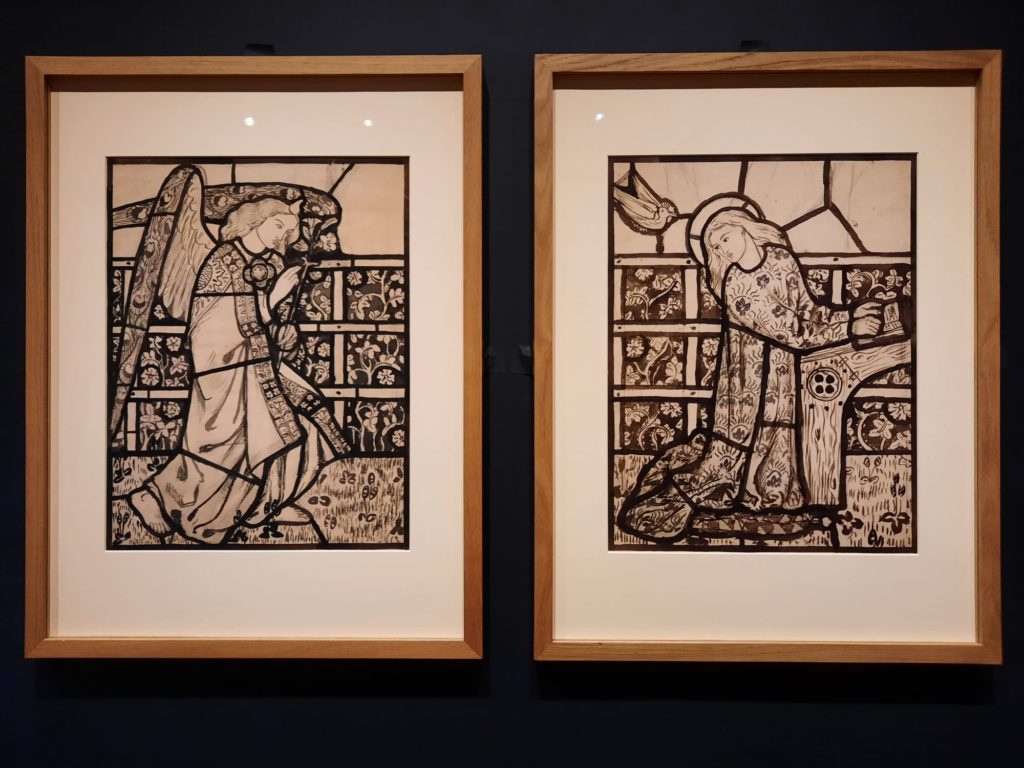

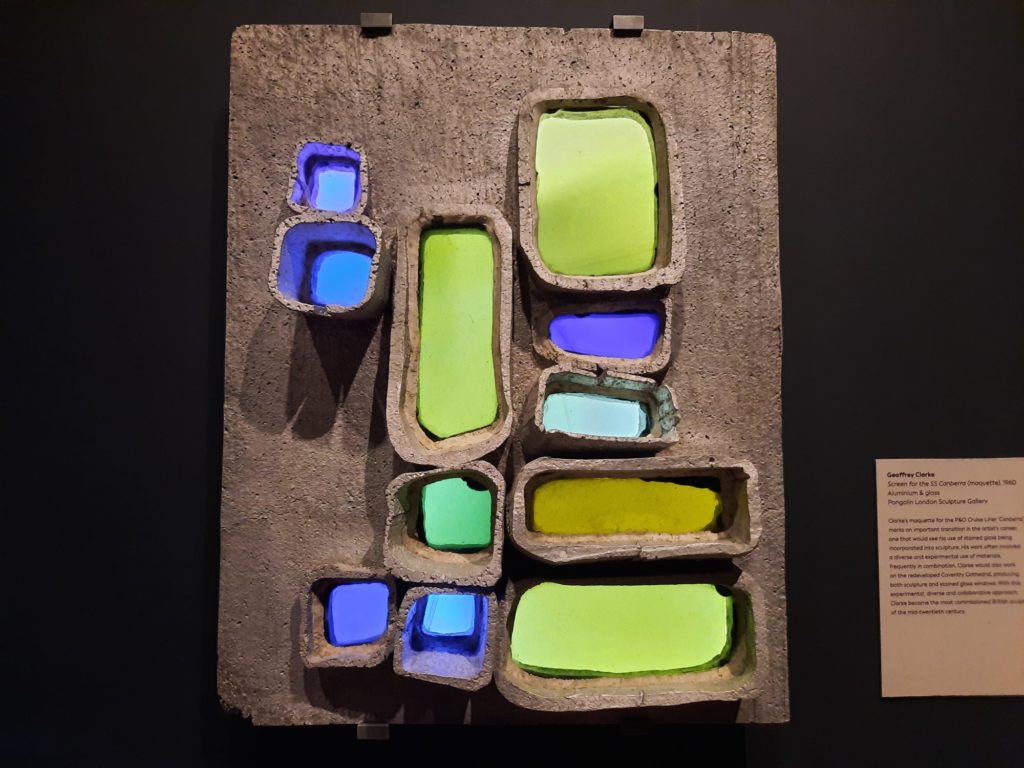


Glassmaking in the United Kingdom
Glassmaking in the UK has a long history. There are many examples of Roman glass found at archaeological sites, and various techniques which travelled over from Europe during the Middle Ages. There was often a geographical imperative dictating where the UK’s glassmaking centres sprung up. For instance Stourbridge had all the raw materials: coal for the fires, sand and lime for the glass, clay for bricks to build ‘glass cones’ (the big furnace buildings in which glass was historically made in the UK). Sunderland was also a glassmaking centre: here it was also about proximity to maritime trade (glass was used for ballast as well as commercial goods).
As industrial techniques advanced, more possibilities for glass emerged. The Crystal Palace for instance showcased what iron frames and more affordable industrial plate glass could do. Ancient techniques were also recreated, for instance when the Portland Vase was smashed at the British Museum in 1845. Different colours appeared, as well as different visual effects. Most glass was still collaboratively produced by hand: as many as 27 people involved in each piece.
In the 20th century things shifted. Particularly from the Mid Century, various artists promoted taking glassmaking out of factories and into studios. The change in scale and more personal production presented different challenges. Challenges to which artists rose, playing with forms and techniques and pushing glass to its limits.
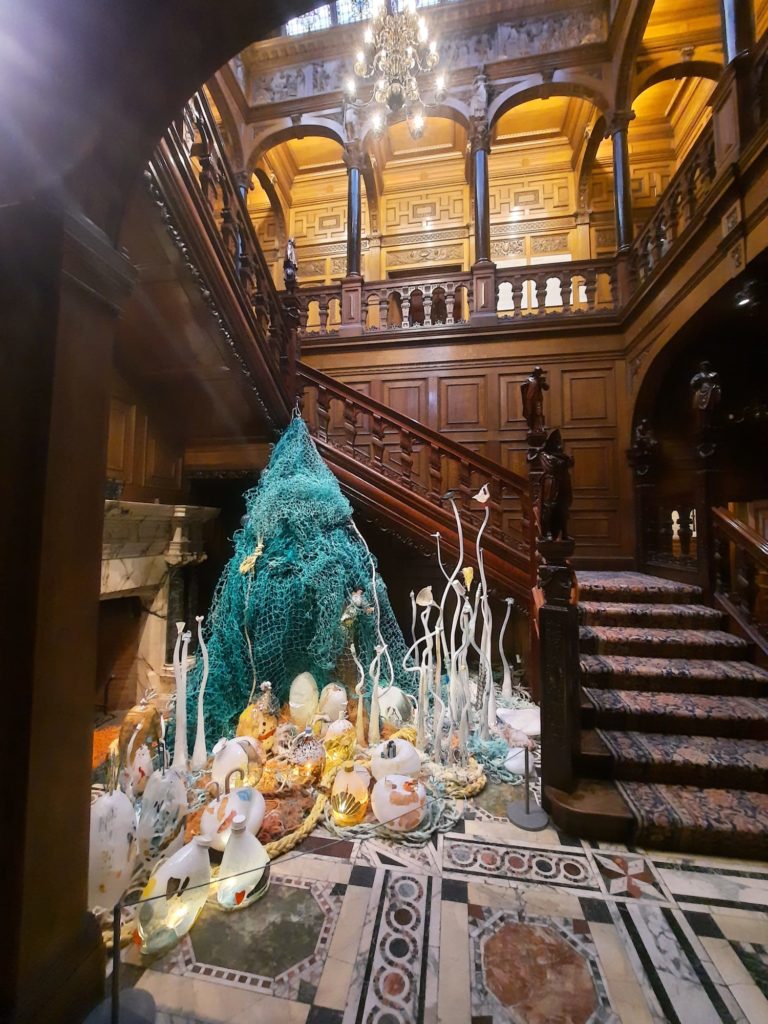
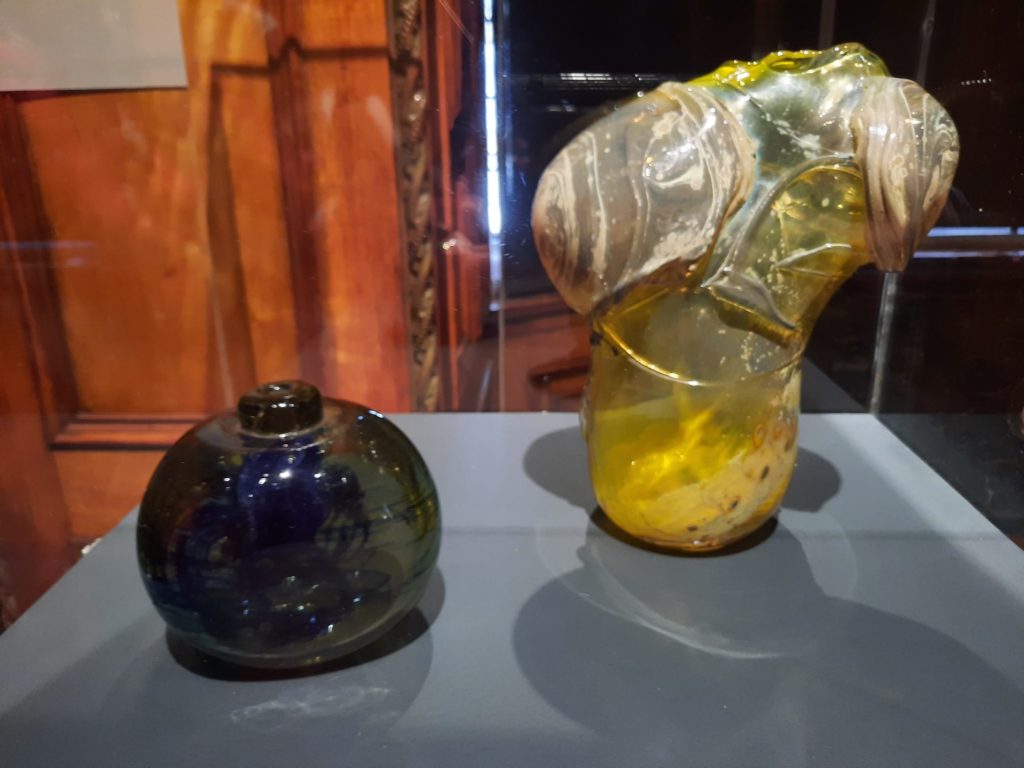
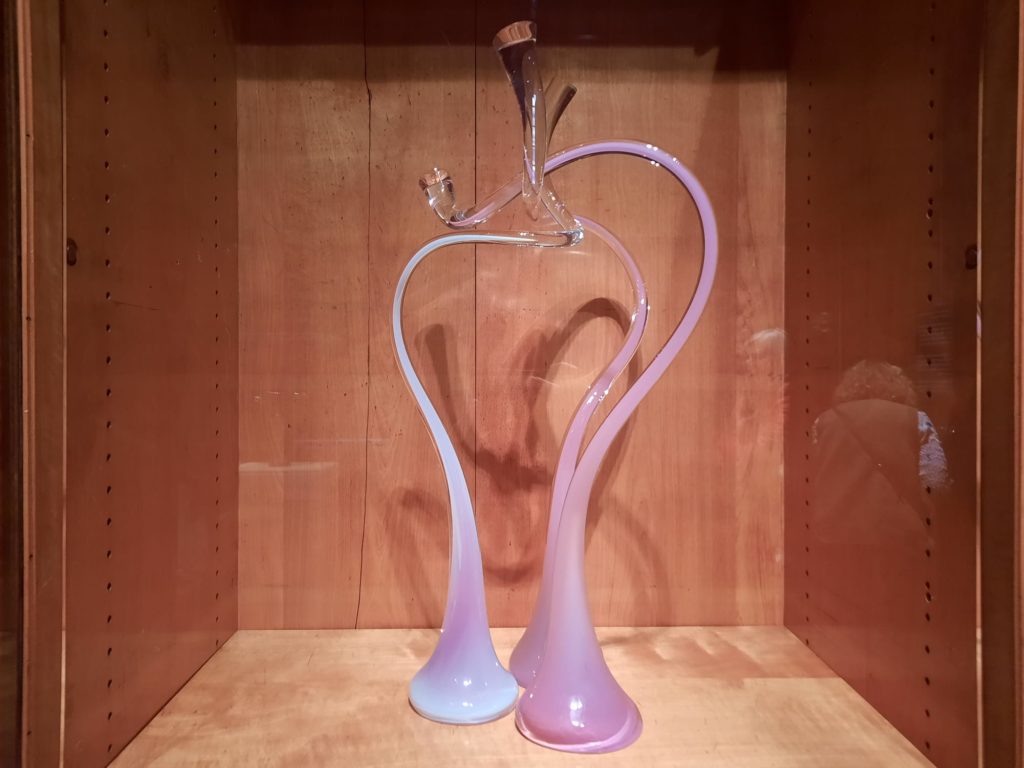
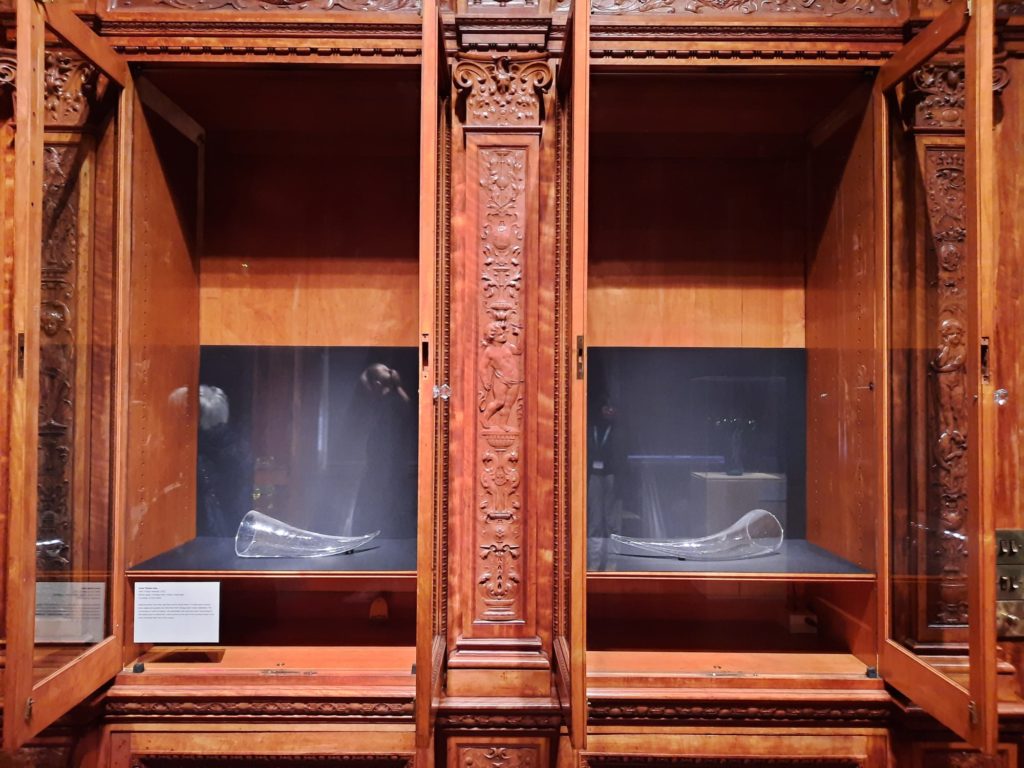
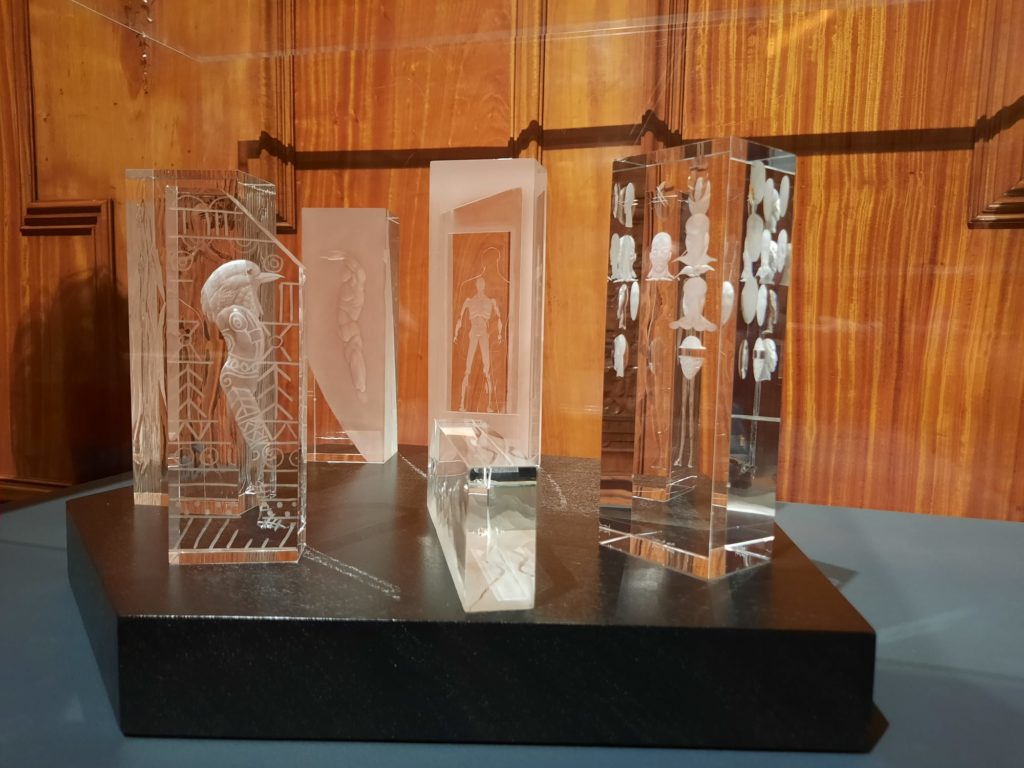
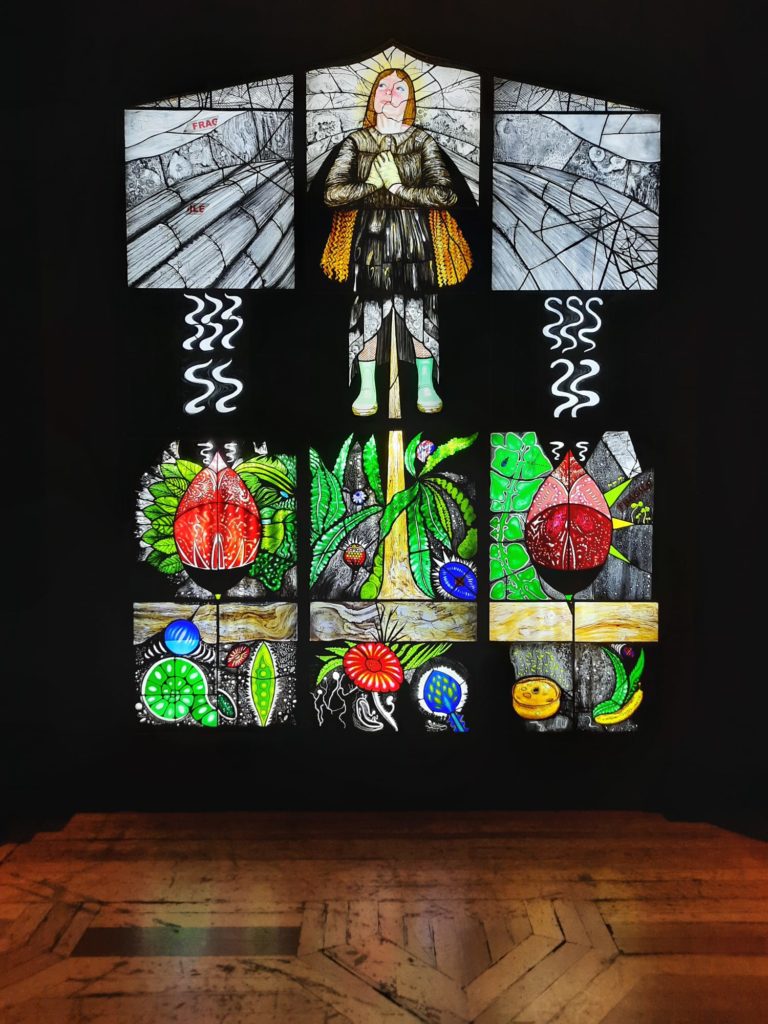
A Glassmaking Survey
So it is this story which The Glass Heart presents to its audience. Well, not the ancient and medieval part, but the story of glass in the UK over the last 170 years. It is broadly chronological, starting with different types of 19th to 20th century work. The range of techniques is impressive. There are glass ships in glass bottles, stained glass cartoons and finished examples, engraved, coloured and even braided glass. I particularly liked a 1960 work by Geoffrey Clarke at the intersection between stained glass and sculpture.
At the base of Astor’s staircase is a work I daresay he never could have imagined. Ghost Ocean is by Sophie Thomas and Louis Thompson, and is a commentary on our depleted oceans and precarious environmental situation. Around a discarded net Thomas and Thompson have used real plastic waste to inspire shapes in glass. It’s as confronting as it is impressive.
Upstairs we move into those Mid Century experiments, before a final space brings together works by contemporary artists. Again traditional techniques are in evidence: there is stained and painted glass, blown glass. But there’s also screenprinted glass by Anthony Amoako-Attah, who takes shopping bags as a point of departure for a reflection on Ghanaian people’s forced migration from Nigeria. A work by James Maskrey is also very interesting. Maskrey has taken his inspiration from the coast and colours around his Teesside home, with a multi form work Toxic Apparatus utilising retro-futuristic shapes that hint at industrial pollution and dereliction. It’s technically very impressive.

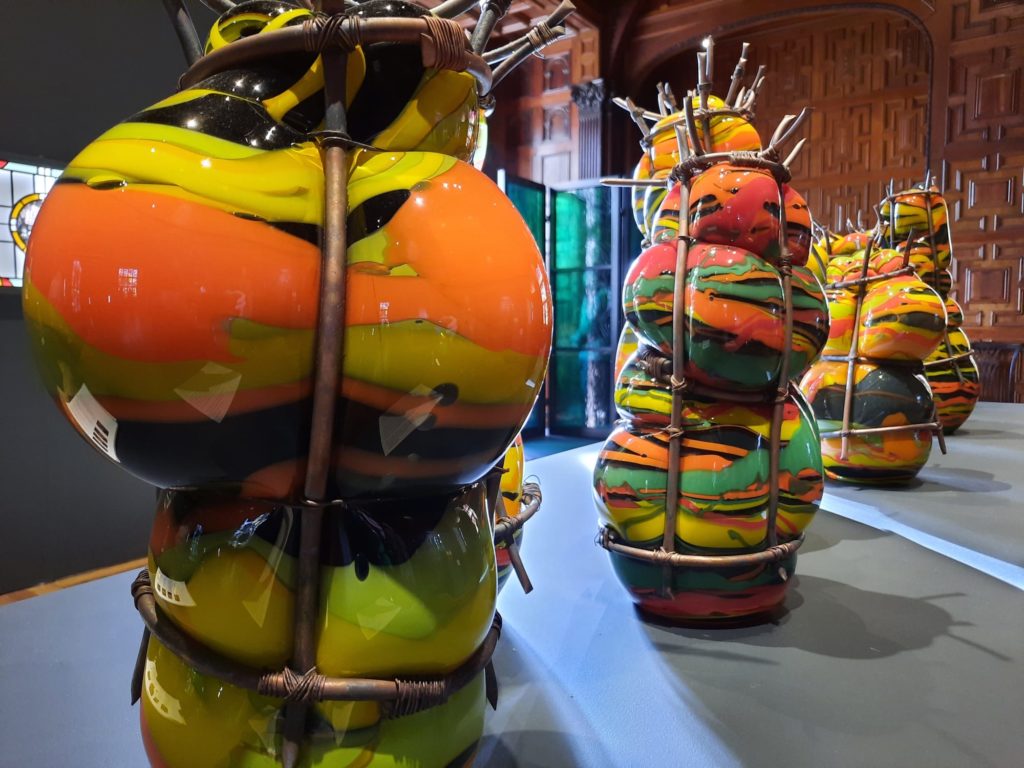
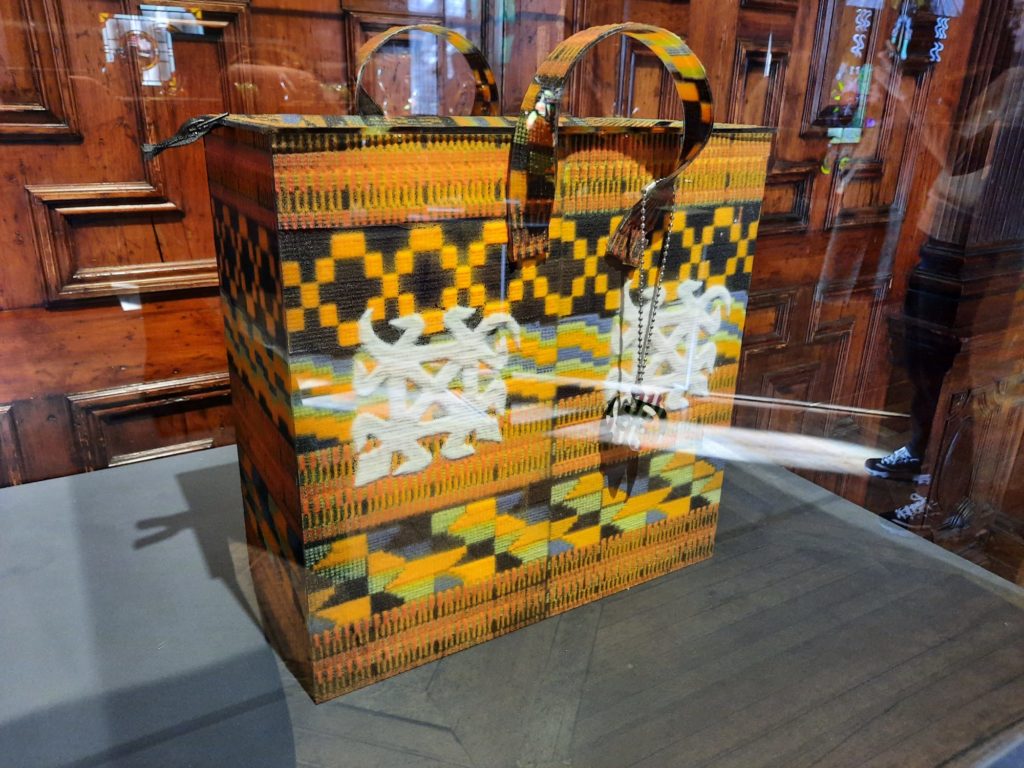
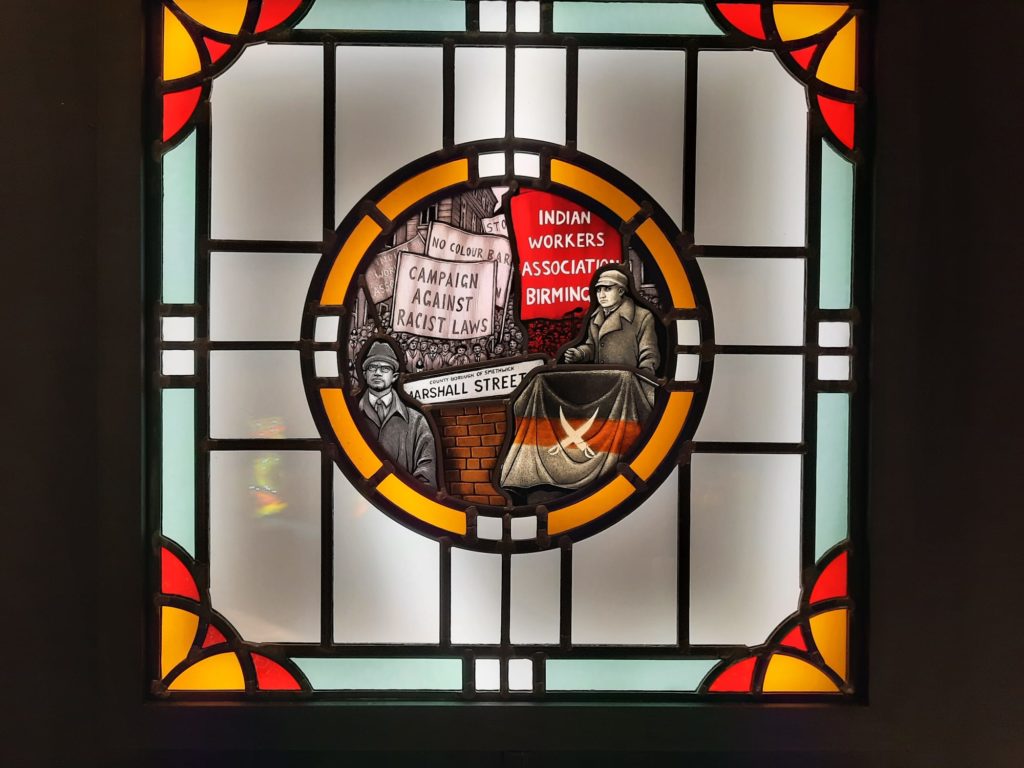
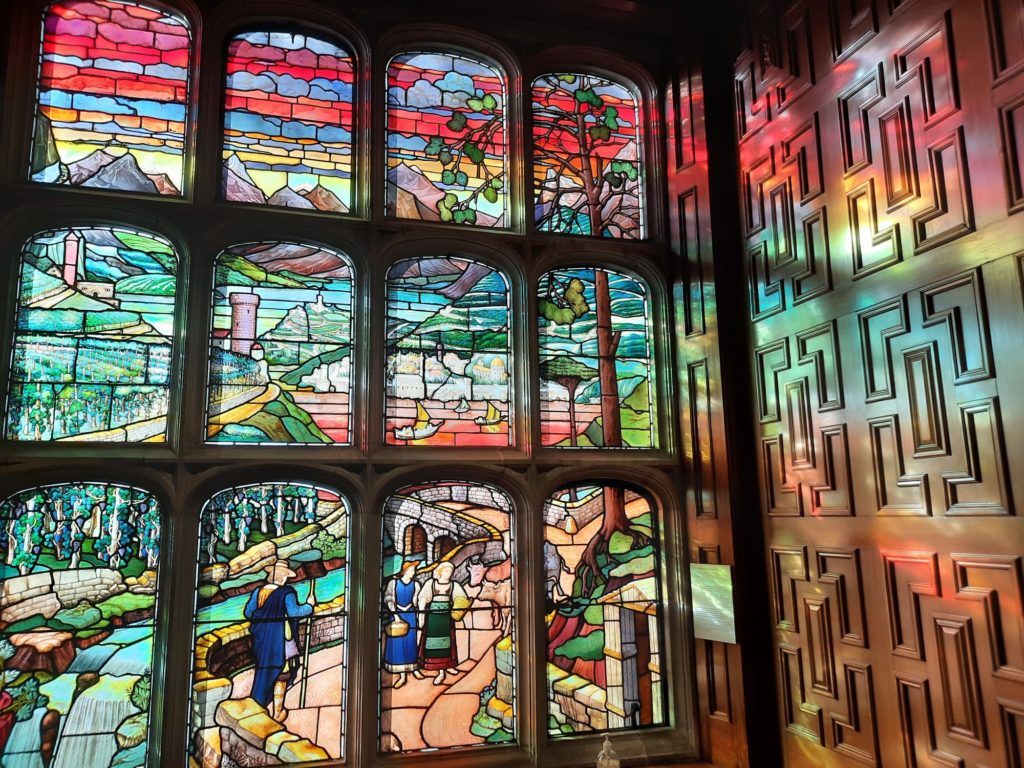
Glass Then and Now
And so the exhibition weaves an interesting tale. In a relatively short space of time we travel from bustling glassmaking economies through decline and reinvention. We learn about different ways of handling and making glass, and the ways in which techniques from different artforms have found their way into glass’s surprisingly malleable possibilities.
The Glass Heart acknowledges glassmaking as an endangered traditional skill. Despite the creativity and vibrancy of the contemporary works, it’s important that we continue to appreciate and value both the experimental side of glassmaking and its rich industrial history. Through a relatively small selection of works the curators give a sense of this story, with room for further learning outside the exhibition itself. To supplement what’s on view there is a programme of events, talks and tours which are worth exploring.
I came away from my impromptu trip to Two Temple Place full of new learnings about glass, its uses, and its potential. Whether you already have an appreciation for glass as a medium or are interested to learn more, this is a great opportunity to see objects from collections outside London and understand how this industry has evolved and changed. Don’t forget to admire Two Temple Place’s lovely examples of stained glass while you’re there.
Salterton Arts Review’s rating: 3.5/5
The Glass Heart: Art, Industry & Collaboration on until 21 April 2024
Trending
If you see this after your page is loaded completely, leafletJS files are missing.

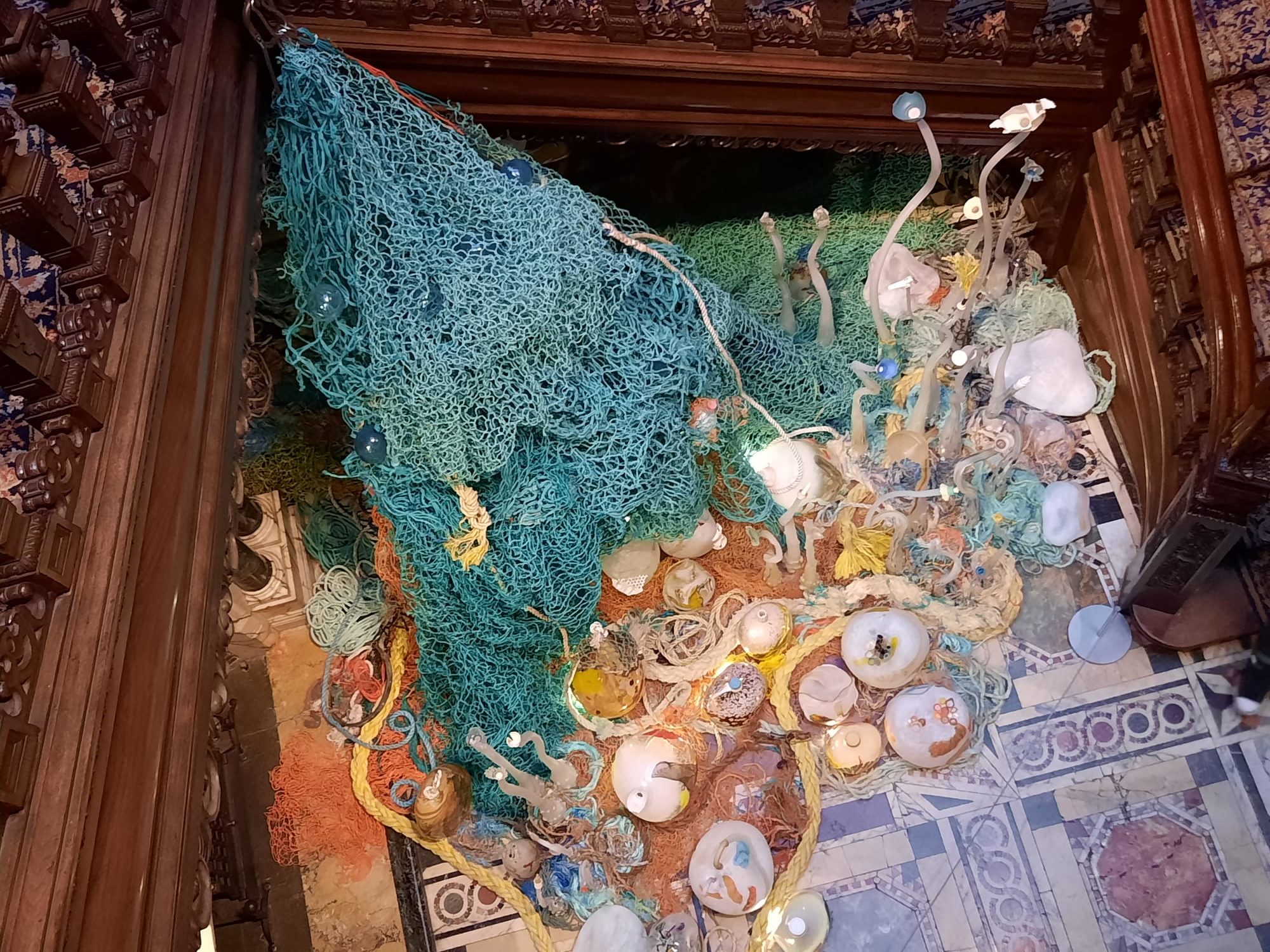
wow – what luck to have chanced upon such a beautiful and fascinating exhibition. I love the idea of making with glass, but the technicalities!